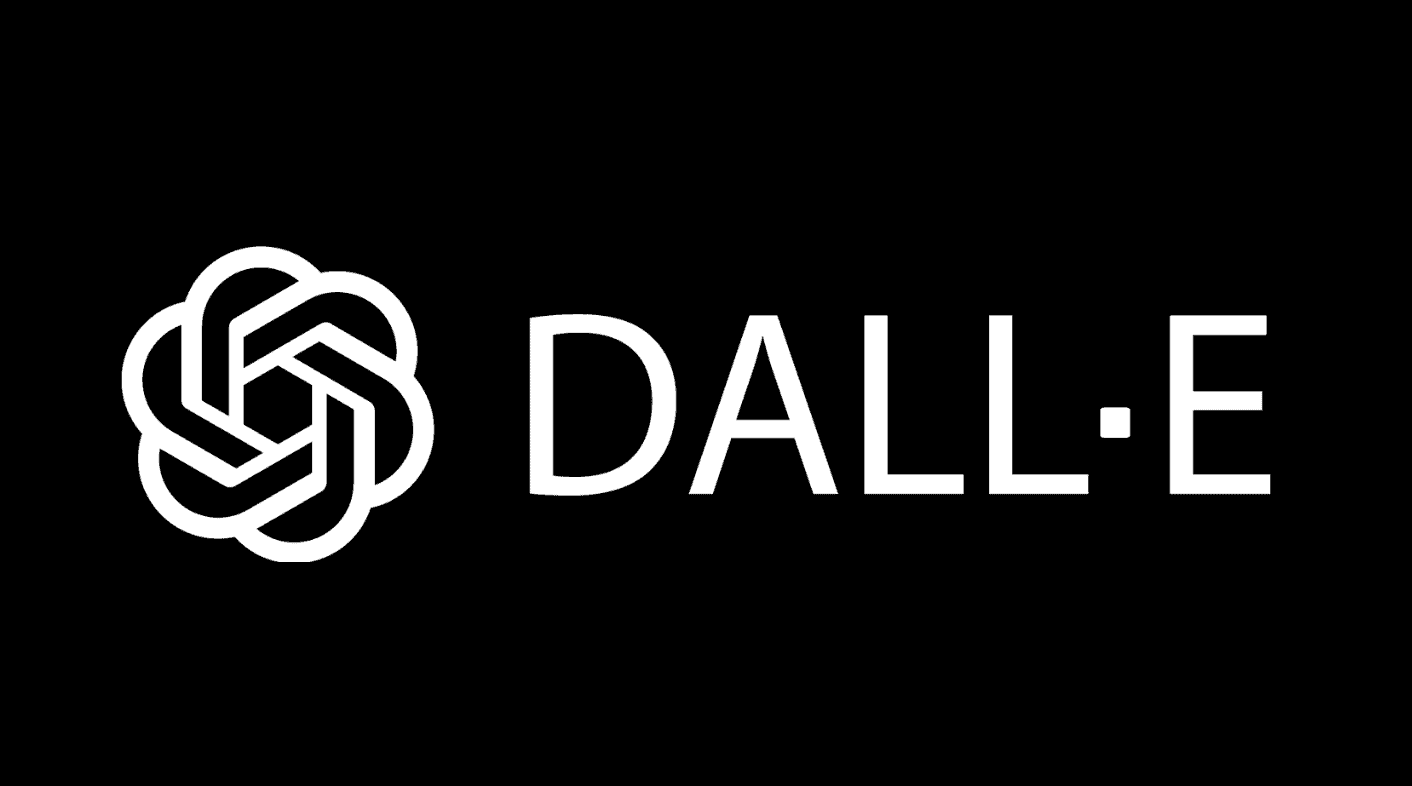The landscape of AI image generation is rapidly advancing with tools like Midjourney and DALL-E reshaping creative expression. Midjourney and DALL-E, two prominent AI systems, generate images from textual descriptions. They serve artists, designers, and hobbyists who are exploring the frontiers of generative art. Each tool reflects a different approach to image creation. Midjourney tends to imbue images with an artistic flair, while DALL-E is known for its precise rendering of specified elements.
As image generation technology becomes more accessible, users often ponder which tool best suits their needs. A side-by-side comparison clarifies the distinct features and outcomes of each AI. Midjourney might appeal to those seeking a more stylized result, whereas DALL-E might be preferred for projects requiring detailed and accurate replication of textual descriptions. This comparative analysis offers insights into their capabilities, leaning on examples to highlight how they perform under similar conditions and what sets them apart.
Midjourney vs DALL·E
AI art generation has exploded in popularity, and Midjourney and DALL·E 3 are two of the most popular tools. While both can turn text prompts into images, they differ in quality, style, usability, and pricing.
1. Quick Overview
| Feature | Midjourney (v6.1) | DALL·E 3 |
|---|---|---|
| Platform | Discord-based bot | Integrated into ChatGPT & Bing Image Creator |
| Strengths | Highly detailed, artistic, photorealistic results | Easy to use, strong text rendering, integrated into chat |
| Learning Curve | Moderate (requires learning prompt syntax) | Very low |
| Customization | Extensive parameters for style, aspect ratio, and quality | Limited customization, but strong natural prompt understanding |
| Pricing | Subscription-based (from ~$10/month) | Free limited use via Bing; ChatGPT Plus ($20/month) for integrated access |
| Image Rights | Commercial use allowed (with paid plan) | Commercial use allowed (check OpenAI terms) |
| Best For | Artists, designers, marketing visuals | Quick concepts, text-heavy designs, casual users |
2. Image Quality and Style
- Midjourney
- Known for cinematic, high-detail, and artistic imagery.
- Great for surreal, fantasy, and photorealistic styles.
- More control via parameters like
--ar(aspect ratio) and--v(version).
- DALL·E 3
- Excels at literal prompt interpretation and embedding accurate text in images (e.g., posters, signs).
- More “clean” and illustrative style by default.
- Less manual tweaking, but easier for beginners.
3. Ease of Use
- Midjourney: Requires using Discord commands (
/imagine) and understanding prompt modifiers. - DALL·E 3: Works directly in ChatGPT or Bing — simply type your request in plain English.
4. Text Rendering in Images
- Midjourney: Still struggles with accurate text in generated images.
- DALL·E 3: Best-in-class for accurately placing readable, correct text.
5. Pricing (2025)
- Midjourney:
- Basic: ~$10/month (200 images)
- Standard: ~$30/month (unlimited relaxed mode)
- Pro: ~$60/month
- DALL·E 3:
- Free limited credits via Bing Image Creator
- ChatGPT Plus ($20/month) includes unlimited text + image generation
6. Best Use Cases
Midjourney is best for:
- High-quality concept art
- Marketing visuals
- Photorealistic portraits
- Fantasy and sci-fi scenes
DALL·E 3 is best for:
- Designs with accurate text (e.g., posters, infographics)
- Quick mockups and ideas
- Users who want zero learning curve
7. Final Verdict
- Choose Midjourney if you want maximum artistic control and detail.
- Choose DALL·E 3 if you want fast, accurate, and text-friendly images without learning complex commands.
- Many creators use both — Midjourney for final art, DALL·E 3 for text-heavy or quick drafts.
Key Takeaways
- AI tools Midjourney and DALL-E enable creative image generation from text.
- They differ in style and precision, with Midjourney favoring artistry and DALL-E favoring detail.
- Side-by-side comparisons provide clarity on which tool might best suit project needs.
Comparative Analysis of MidJourney and DALL-E
This section examines specific aspects of MidJourney and DALL-E 3, including their technologies, user experiences, artistic features, image quality, and practical usage constraints.
Core Technologies and Image Generation Capabilities
MidJourney and DALL-E 3 use advanced AI to generate images. DALL-E 3’s diffusion technique excels in creating photorealistic images. It also produces artistic and surreal visuals. MidJourney leans on unique AI art techniques to offer a wide range of art styles from flat design to more nuanced works. Both systems have strong capabilities but they use different AI processes.
User Experience and Accessibility
Ease of use is key for image generation platforms. MidJourney operates within Discord, which means users need a Discord account to start. This integration makes it user-friendly with commands sent right through the chat interface. On the other hand, DALL-E 3 works on its own platform where users sign up to create images. Both strive for a smooth interface, but their approach to accessibility differs due to the platforms they are on.
Artistic Control and Customization Features
Control over the final image is important for creators. MidJourney offers detailed customization options. Users can adjust many parameters to guide the output. DALL-E 3 also provides versatile features for users to mold their creations. Both image generators grant users the power to shape the style and realism of the images they produce.
Quality and Styles of Generated Images
When it comes to quality, DALL-E 3 is known for delivering high-quality and photorealistic images. MidJourney, while also producing quality images, often presents a more artistic touch. The styles of images generated range from realistic to surreal, with each platform having its own strengths and weaknesses.
Practical Aspects: Usage and Limitations
Both DALL-E 3 and MidJourney use GPU resources to create images, which can limit the number of creations based on the credits or subscription model. Users should be aware of the limitations in terms of how many images they can generate and the cost associated with them. This may affect their choice between the two based on their specific needs and resources.







